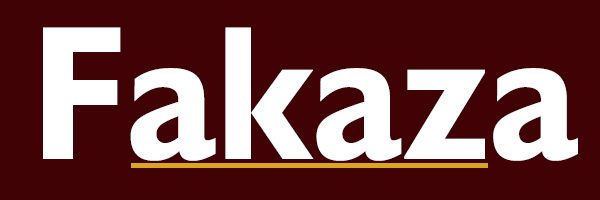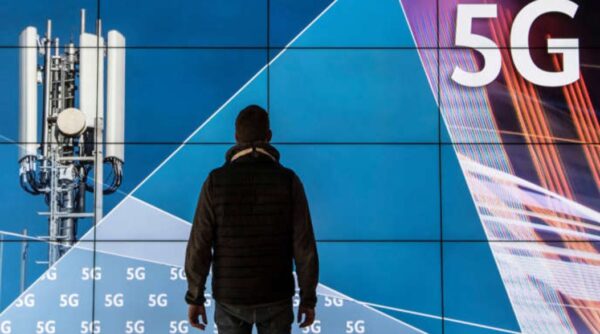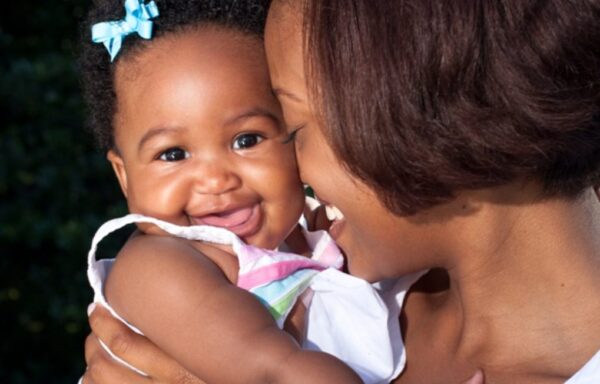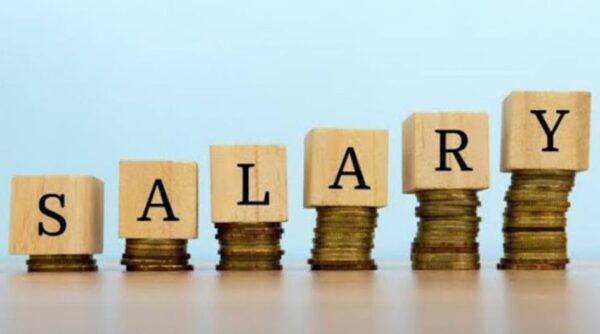Lifestyle
The 7 types of poverty and what causes them
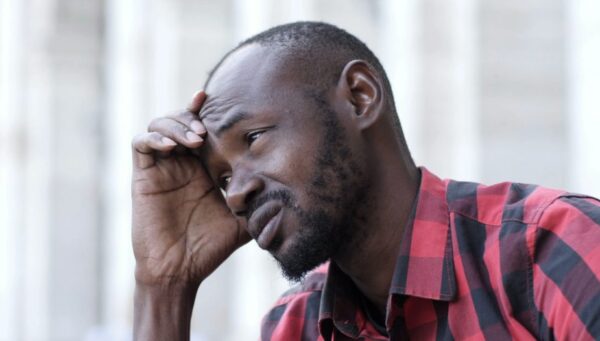
When most people hear the word poverty, they think of empty pockets, begging on the streets, or not being able to afford food.
However, poverty is much deeper than just not having money. It can affect your access to education, healthcare, opportunities, self-esteem, and even your ability to dream.
There are different types of poverty, and understanding them helps us see why some people struggle to break out of it, even when they have jobs, houses, or degrees.
Here are 7 types of poverty you should know:
1. Absolute poverty
It’s measured against a fixed international standard. For example, the World Bank defines extreme poverty as living on less than $2.15 per day.
You’ll often see this in rural areas or war-torn regions, where entire communities lack infrastructure or support.
2. Relative poverty
This one is more common, especially in urban cities. Relative poverty means someone earns or owns far less than others in their society. They may have food and shelter, but they can’t afford basic opportunities, like internet, school fees, transport, or good healthcare.
Example: A person in Cape Town earning ₦30,000 a month might not be absolutely poor, but compared to rising costs of living, they’re relatively poor because they can’t fully participate in society.
Relative poverty is about social inequality, and it exists even in wealthy countries.
3. Situational poverty
Common causes:
- Job loss
- Health issues
- Divorce or death in the family
- Natural disasters
Situational poverty is usually temporary, but it’s still damaging, especially if the person doesn’t have a safety net. Many people experienced this during the COVID-19 pandemic when businesses shut down overnight.
4. Generational poverty
Children grow up with no education, no network, and no support. They become adults with limited options, and the cycle continues.
Breaking out of generational poverty takes more than hard work. It often requires policy changes, education, and community support.
5. Urban poverty
- Overcrowded housing
- High food and transport costs
- Unsafe neighborhoods
- Limited access to healthcare and jobs
Even though cities have more opportunities, the cost of living can trap people in debt or prevent them from ever “catching up.”
6. Rural poverty
In contrast, rural poverty is about isolation and lack of access. People in rural areas might grow their own food, but have no income, lack schools, hospitals, or roads or have limited electricity or internet.
7. Multidimensional poverty
This is a more modern way of understanding poverty as it combines income, education, healthcare, housing, and access all into one.
Someone may not be “poor” in money but may lack everything else: clean water, security, education, and dignity. That’s multidimensional poverty, and it’s the most realistic way to measure suffering in places like Nigeria.
The United Nations and other global agencies now use this model to design better policies.
Poverty isn’t always visible
Poverty wears many faces. Sometimes it’s loud and obvious. Other times it’s quiet, hidden behind clean clothes and smiles. You can live in a city, own a phone, and still be poor in opportunity, access, or quality of life.
